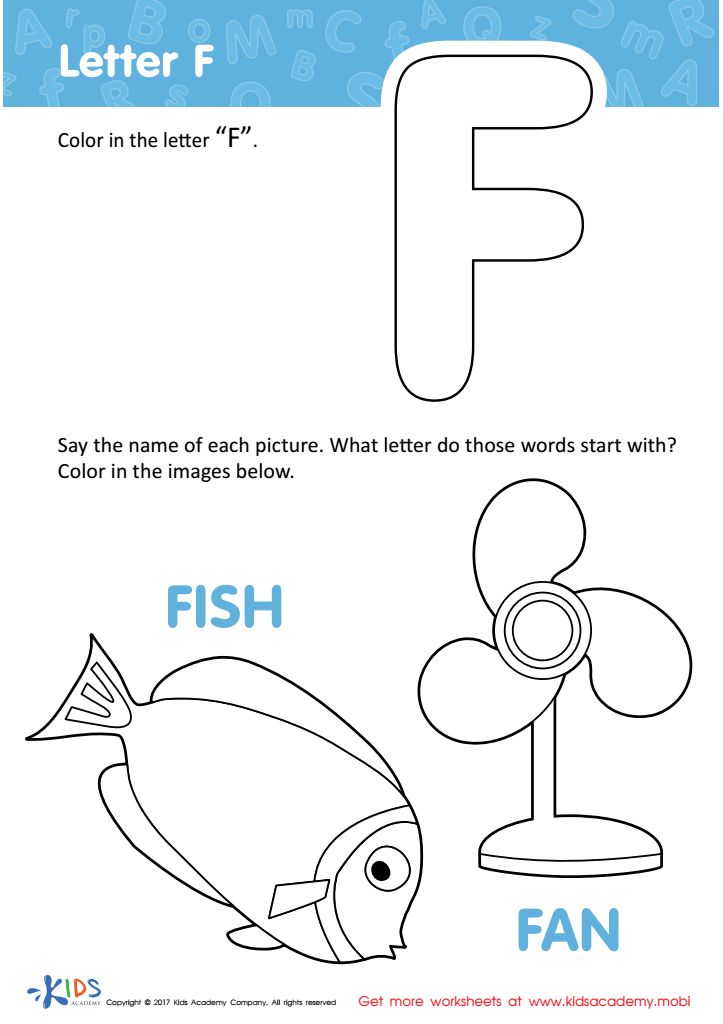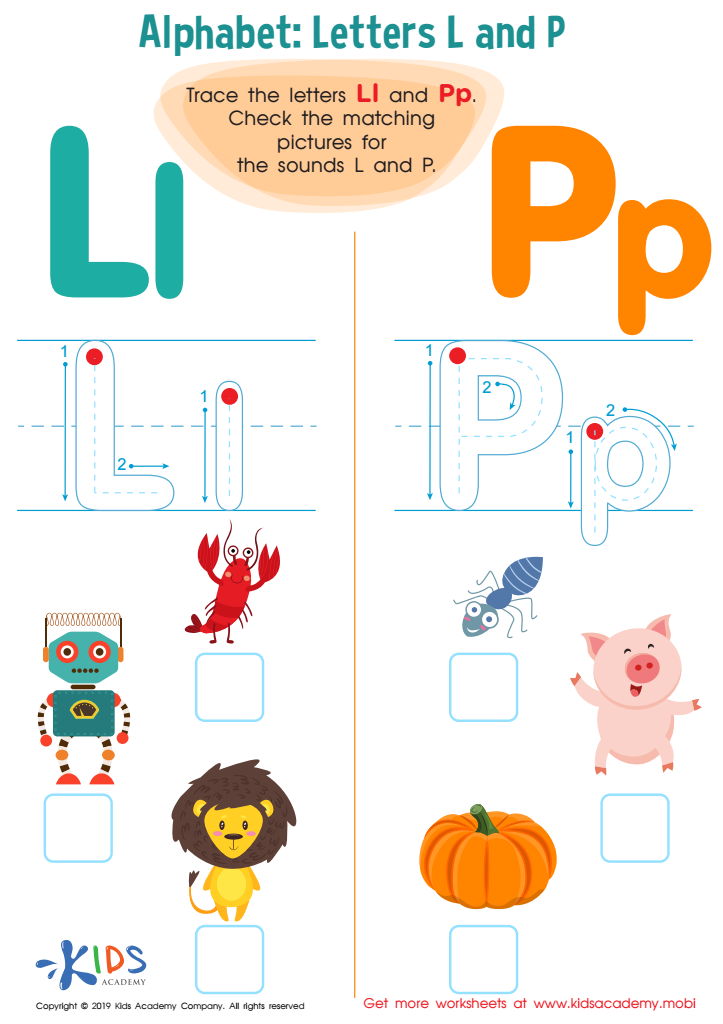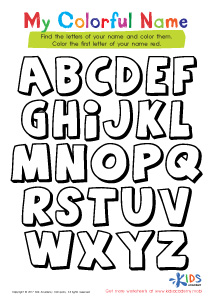Letter Tracing Practice Grade 3 Alphabet Worksheets
3 filtered results
-
From - To
Boost your third grader's handwriting skills with our "Letter Tracing Practice Grade 3 Alphabet Worksheets" from Kids Academy! These engaging and easy-to-follow worksheets are expertly designed to enhance letter formation, refine motor skills, and build confidence in young learners. Tailored to meet the developmental needs of third-grade students, each worksheet provides ample practice with both uppercase and lowercase letters. Ideal for classroom use or at-home learning, our collection is perfect for reinforcing essential writing skills. Encourage your child to achieve handwriting perfection while making learning enjoyable and effective. Explore our comprehensive alphabet tracing worksheets today!


Letter I Tracing Worksheet


Letter F Coloring Sheet


Letter L and P Tracing Worksheet
Letter Tracing Practice is essential for Grade 3 students as it forms a critical foundation for developing strong handwriting skills, which can significantly impact their academic success. By third grade, students are expected to write more fluently and neatly. The practice of tracing each letter enables them to become proficient in forming letters correctly, which can enhance their overall writing clarity and speed. This foundational skill is not only crucial for legibility but also contributes to cognitive development; as students concentrate on tracing, they simultaneously reinforce their letter recognition and phonemic awareness.
Parents and teachers should care about letter tracing because it directly supports literacy development. Clear, legible handwriting allows teachers to better understand a child's written work, thereby providing more effective feedback. Furthermore, consistent practice can boost students' confidence and reduce their frustration levels, fostering a more positive attitude towards writing tasks. When students feel competent in their ability to write neatly, they are more likely to engage fully in other written activities such as journaling, doing homework, and participating in classroom assignments.
In conclusion, providing steady practice in letter tracing for third graders nurtures their handwriting skills, promotes better academic performance, and fosters a positive learning environment—all of which are critical outcomes parents and teachers aim to achieve.
 Assign to My Students
Assign to My Students















